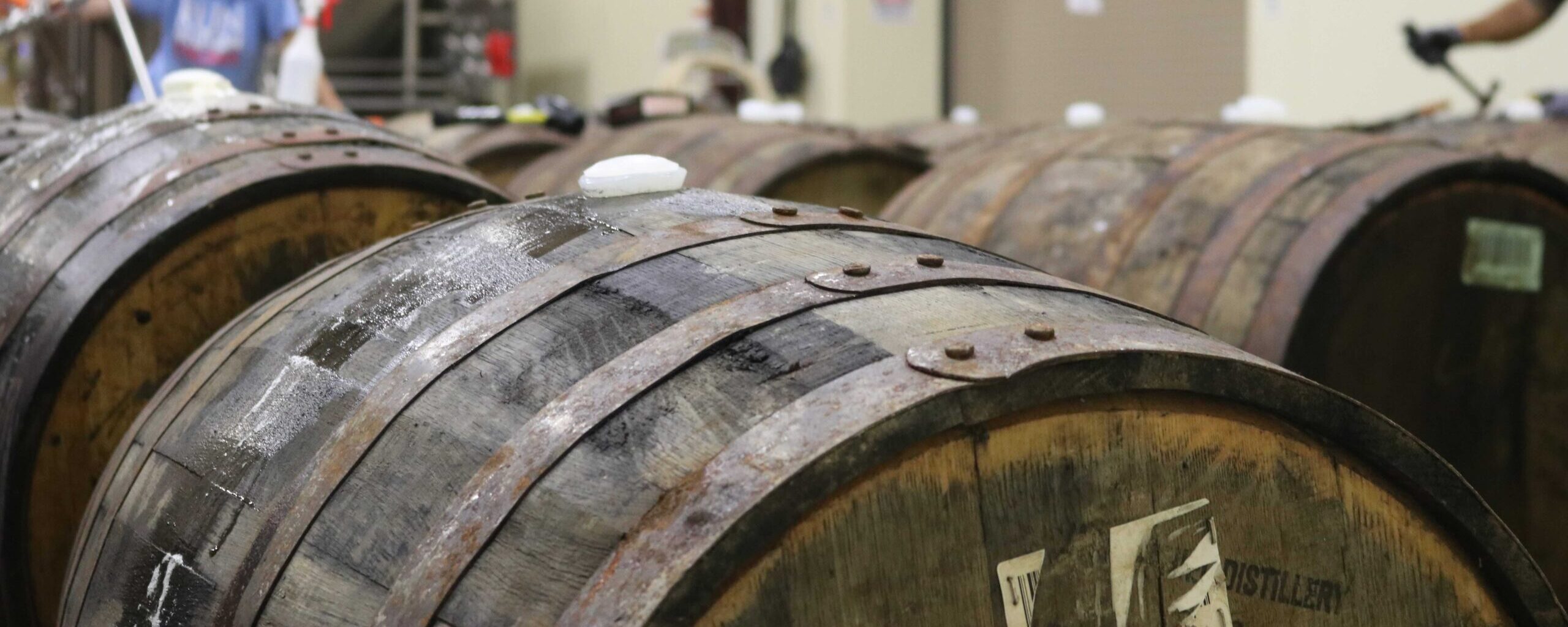A trade deficit occurs when the value of a country’s imports exceeds its exports. Although we often refer to the overall trade deficit (all goods), there is a growing concern about the rising U.S. agricultural trade deficit. Recall that the most recent trade outlook report published in May 2024 by the Economic Research Service and Foreign Agricultural Service – agencies of the U.S. Department of Agriculture (USDA) – projected the highest agricultural trade deficit to date in fiscal year (FY) 2024 (October 2023 – September 2024). The FY2024 forecast have has U.S. agricultural exports at $170.5 billion, but imports at $202.5 billion. If these projections hold true, the resulting agricultural trade deficit would be a record $32 billion. To put this in context, U.S. agricultural exports have far exceeded imports in past years. It is only in recent years that U.S. agricultural trade became more balanced. FY2023 was the first year the U.S. experience a significant agricultural trade deficit ($16.7 billion), which is half the projected deficit for FY2024 (Kaufman et al., 2024). In a previous Southern Ag Today article we discussed how declining agricultural exports have contributed to the growing U.S. agricultural trade deficit. In this article we discuss the contribution of rising agricultural imports.
U.S. agricultural imports are very different from exports. U.S. agricultural exports are dominated by bulk commodities like soybeans, corn, cotton and wheat, and minimally processed products like tree nuts, beef, and pork. Even though value added products like dairy products and prepared foods are also among top U.S. agricultural exports, U.S. agricultural imports are overwhelmingly higher value consumer-oriented products. In 2023, for instance, the major U.S. imports included fresh fruits ($18 billion), other vegetable oils ($13 billion), fresh vegetables ($12 billion), distilled spirits ($11 billion), beef products ($9 billion), coffee ($9 billion), soup and other prepared food ($7 billion), wine ($7 billion), and beer ($7 billion). Other than beef and maybe prepared foods, imports of these products greatly exceed their exports. For instance, U.S. imports of beer, wine, and spirits were around $25 billion in 2023, whereas U.S. beer, wine, and spirit exports were less than $4 billion (USDA, 2024).
Figure 1 shows the unit values for U.S. agricultural imports and exports from 2010-2023. On a per-unit basis ($/MT), U.S. imports are significantly more expensive than exports. Since 2010, imports have been two to three times more expensive. In 2023, the import unit value was $2,543/MT versus $919/MT for exports. U.S. agricultural exports were almost 190 million MT in 2023, while imports were only 77 million MT. However, imports were valued at $196 billion, while exports were valued at $174 billion. When considering the period where the U.S. experienced significant price inflation (2020–2022), import prices increased at a much higher rate that export prices, which is to be expected given that imports are made up of higher value consumer goods. During this period, the quantity of imports continued to increase despite rising prices, but the quantity of exports declined. The main takeaways from this article are the following. 1) U.S. agricultural imports are very different than exports; 2) imports are significantly more expensive and more subject to inflationary pressures than exports; and 3) imports have persistently risen despite rising prices in recent years, which was not the case for U.S. agricultural exports.
Figure 1. Import and Export Prices: 2010 – 2023

For more information
Kaufman, James, Hui Jiang, Bart Kenner, Angelica Williams, and Adam Gerval. (2024). Outlook for U.S. Agricultural Trade: May 2024. Report AES-128. U.S. Department of Agriculture. https://www.ers.usda.gov/publications/pub-details/?pubid=109252
U.S. Department of Agriculture (USDA). 2024. Global Agricultural Trade System (GATS). Foreign Agricultural Service. https://apps.fas.usda.gov/gats/default.aspx
Muhammad, Andrew, and Md Deluair Hossen. “Understanding the Growing U.S. Agricultural Trade Deficit (Part 2): What is Happening with Imports?” Southern Ag Today 4(30.4). July 25, 2024. Permalink








